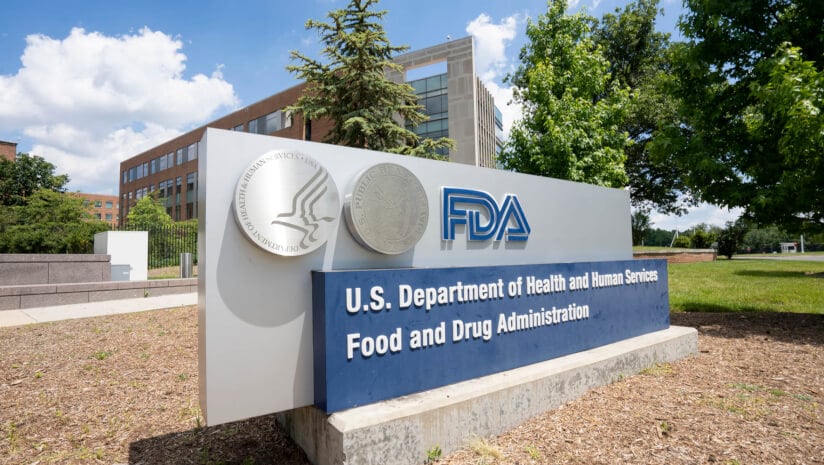
FDA advances work on ultra-processed foods, allergens and food dyes
Comment period extended for federal definition of ultra-processed foods
News & Analysis on Food & Beverage Development & Technology

Comment period extended for federal definition of ultra-processed foods

CPG brands could face greater regulatory oversight, higher expectations for transparency and new risks if ingredient safety communication falls short

Early preparation, thorough documentation and proactive governance remain the best defense in a landscape where litigation and regulation related to ultra-processed food are still evolving

The legislation received bipartisan support to ban ultra-processed foods in California public schools and is on its way to Gov. Gavin Newsom, while industry stakeholders express mixed support on economy, school infrastructure and nutrition

Surge in legislative proposals ‘comes in the background of misinformation’, according to one expert

Can FDA move at ‘Stork Speed?’ Industry voices support – and doubt

RFK unveils sweeping plan targeting ultra-processed foods and pesticides, while critics call the proposal toothless

While the link between diet and health outcomes is indisputable, the question of how nutrition knowledge should be integrated into medical training remains contested

The U.S. Food and Drug Administration’s proposals to amend the Generally Recognized as Safe (GRAS) regulation are expected in October.

US continues negotiations with trade partners while awaiting Supreme Court to overturn blocked tariffs

As companies brace for stricter guidelines under the Make America Healthy Again (MAHA) campaign, AI is emerging as an essential ally in reformulation, risk management and consumer trust
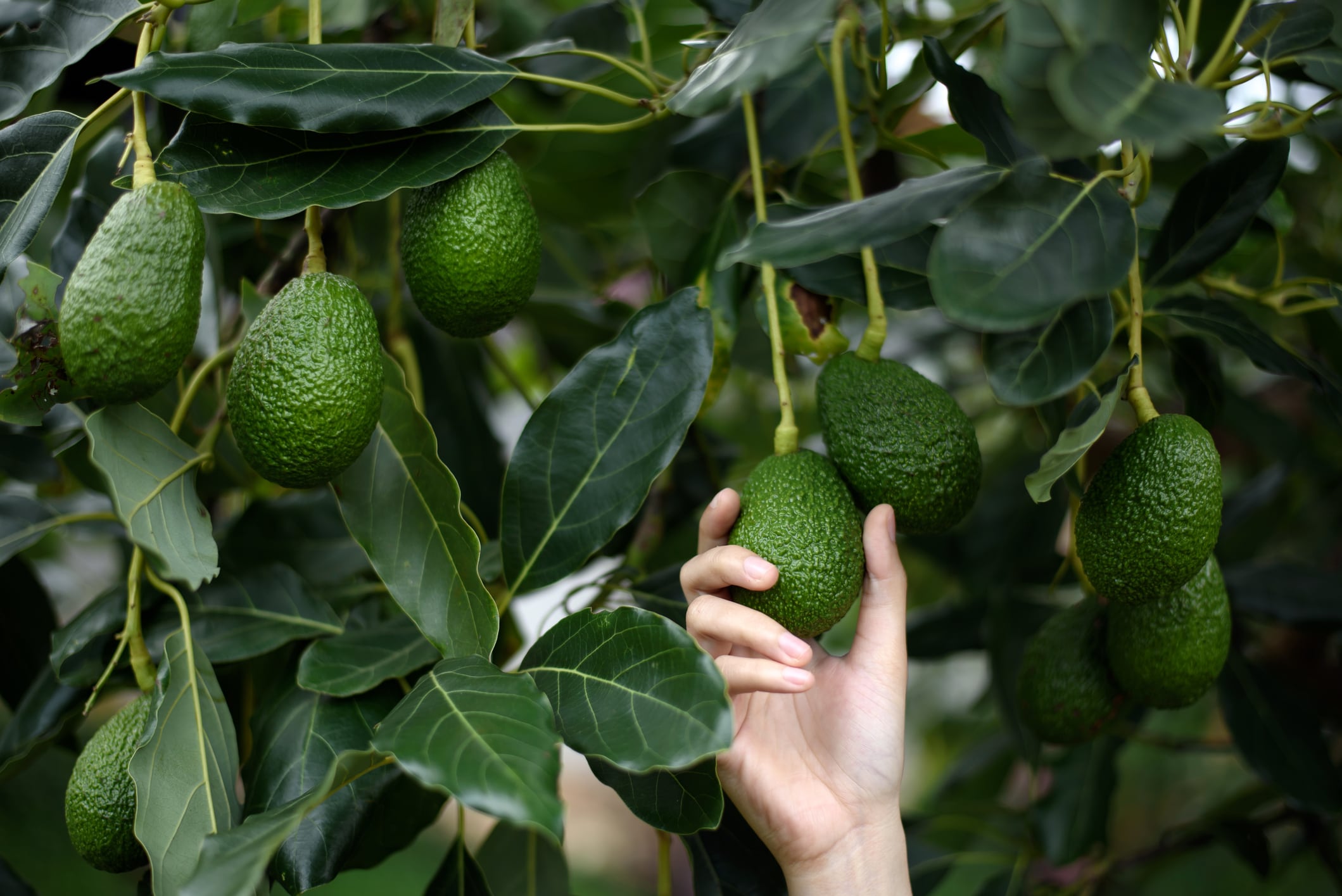
The sustainability program provides a pathway for ecologically unfriendly orchards to come into compliance
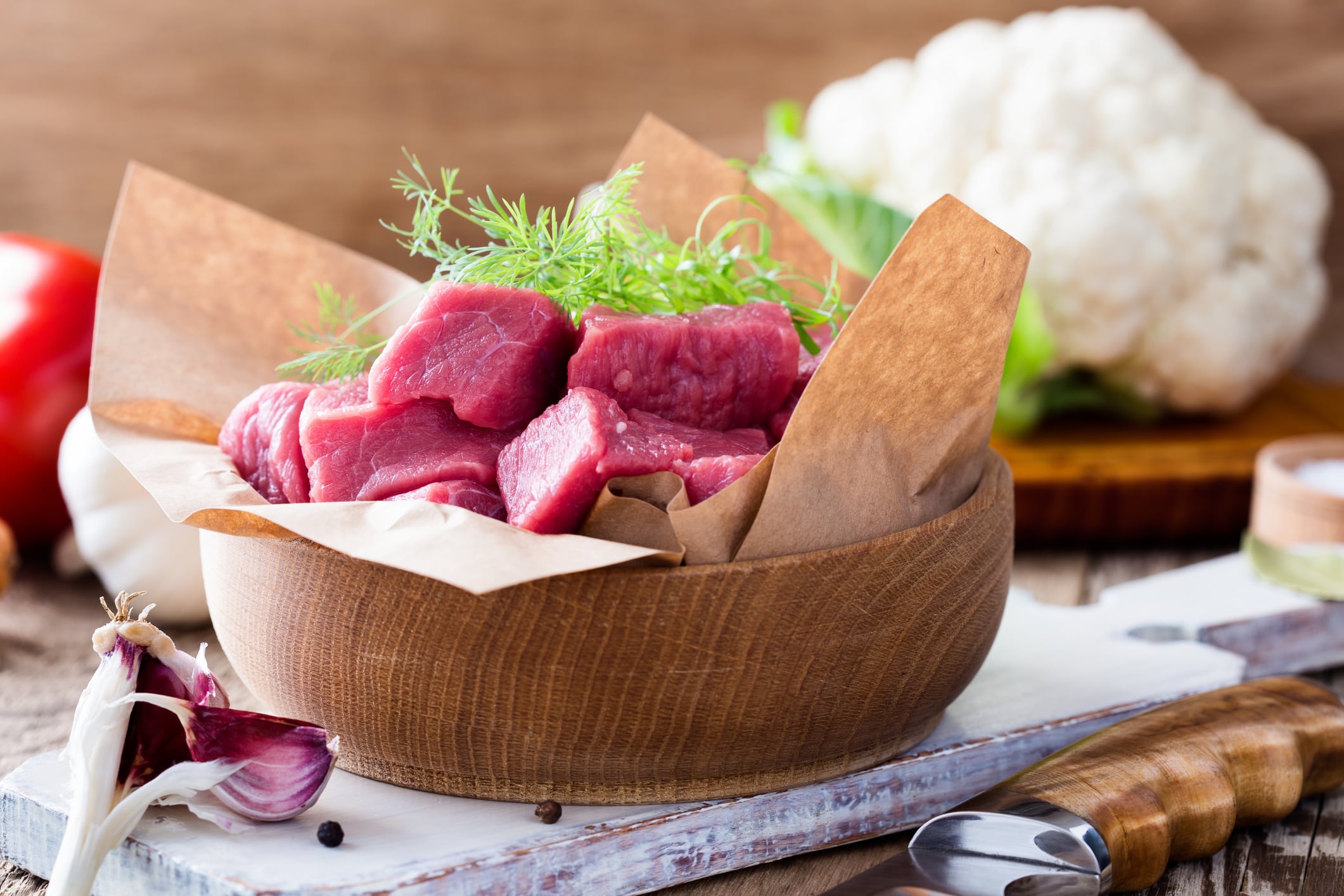
The Lone Star State is the seventh in the nation to ban cultured meat

Sustainability September
Innovations in compostable packaging are moving towards a commercial reality, and CPG brands that engage early with PHA solutions will be better positioned to meet sustainability and compliance demands

This week’s top stories explore beef tallow’s viral rise, new fall flavor trends and how SNAP policy changes are reshaping value-driven innovation

Be ready: What every CPG brand and retailer should know about immigration audits, raids and compliance

News Bites
From Washington’s deregulatory MAHA draft to consumers reshaping shopping habits and California move to curb ultra-processed foods in schools, this week brought pivotal shifts for food and beverage stakeholders

After years of negotiations, no global regulations to tackle plastic pollution have been agreed

As new regulations tighten Supplemental Nutrition Assistance Program (SNAP) eligibility and states introduce waivers restricting the use of benefits for “unhealthy” foods, CPG brands face both risks and opportunities
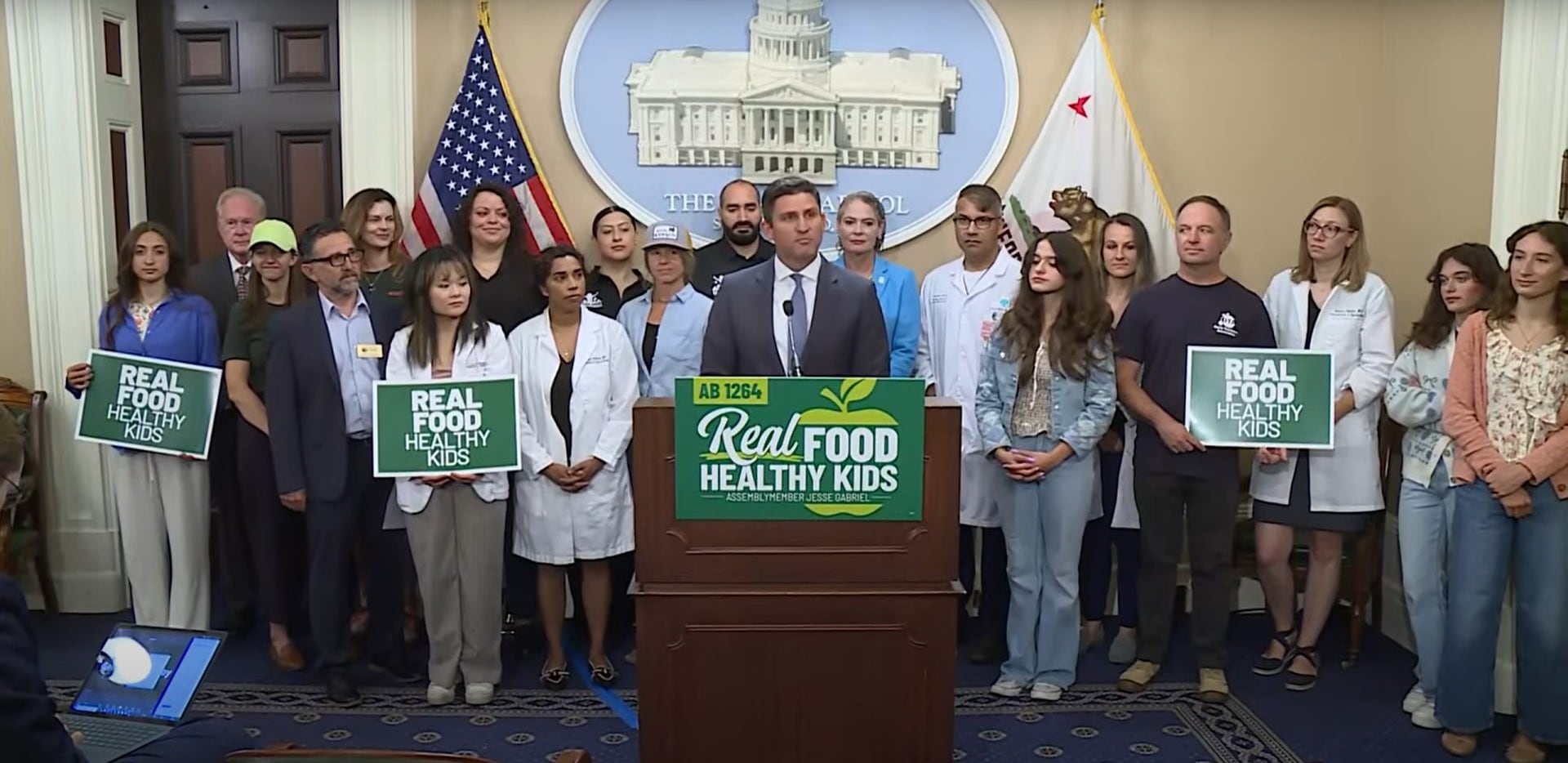
For CPG manufacturers and foodservice operators, California’s sweeping reforms signal an era of tighter scrutiny on ingredients, marketing and supply chains

The uncertainty and volatility of the US tariff environment are pushing CPG brands to navigate higher input costs while waiting for potential relief on essential commodities

As new tariffs take effect on food imports, retailers and brands face a delicate balance: sustaining consumer demand through promotions and brand loyalty while preparing for gradual price increases

Critics warn the Trump administration’s deregulatory approach and preference for voluntary change, reflected in the second draft of t Make America Healthy Again report, could make America ‘sicker, hungrier and more at risk from unsafe food

A uniform definition of UPFs is a double-edged sword: While a federal standard could bring clarity to fragmented state-by-state definitions, it might also cause significant disruption across the entire food system, according to experts

News Bites
Consumer demand is pushing the food industry toward cleaner labels, greater transparency and innovation that balances nutrition, sustainability and taste

July’s CPI data reveals notable upticks in the price of everyday staples subject to new tariffs, while consumer data reveals increasingly grim attitudes about the economy

A deep dive into the consumer shifts, ingredient innovations and market opportunities redefining the global protein landscape

News Bites
This week’s News Bites explores how evolving food definitions, SNAP policy shifts and escalating tariff costs are reshaping the food and beverage landscape

A CDC report reveals a dip in calories consumed from ultra-processed foods, but highlights five categories that are sticking points for most Americans and which could represent white space for clean-label innovation

FDA’s proposal to lower the required sugar content in not-from-concentrate pasteurized orange juice has been in development for several years, with some manufacturers and industry associations calling it a step forward in improving US citrus production
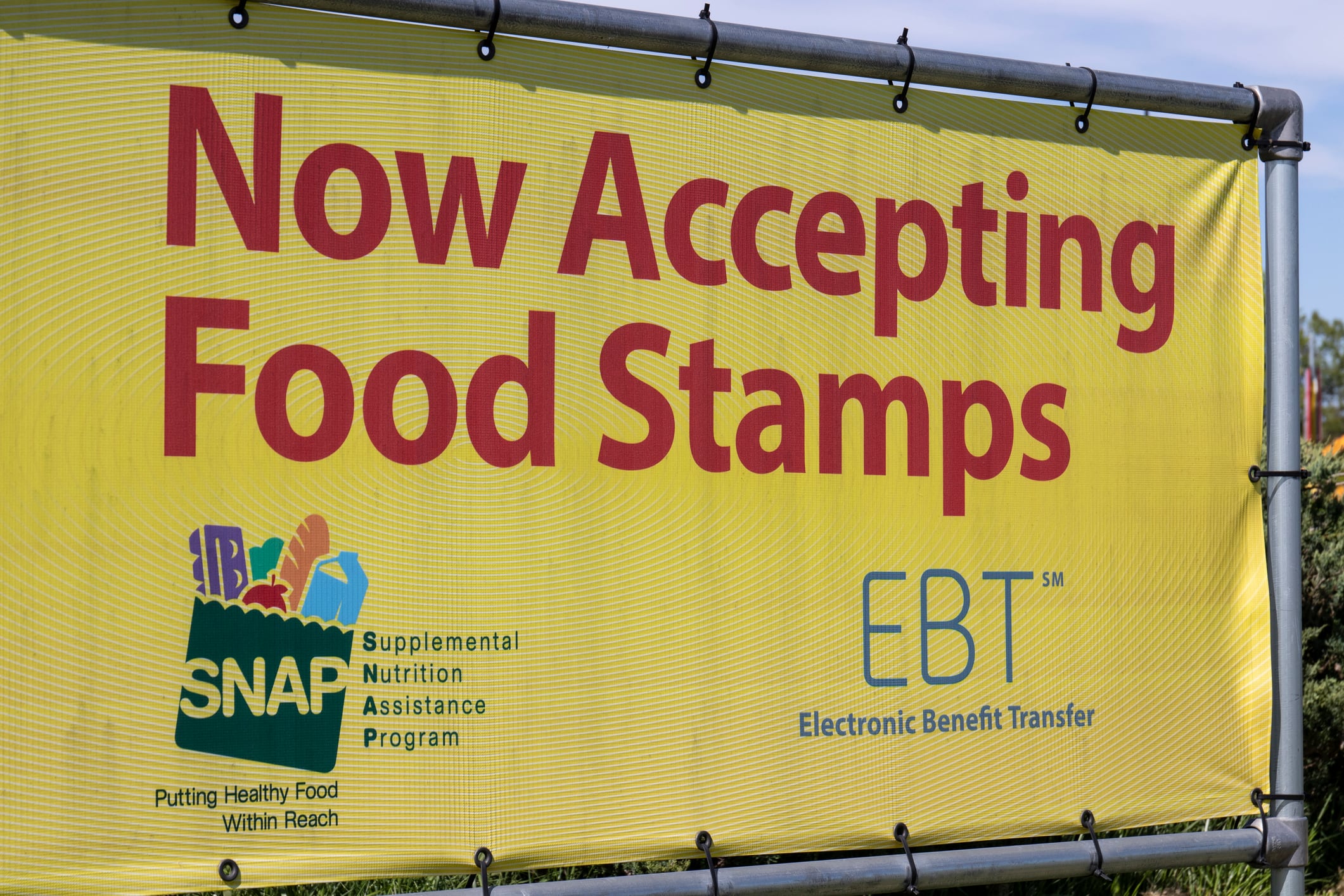
USDA Secretary Brooke Rollins signed waivers to prohibit SNAP purchases of ‘unhealthy’ foods in West Virginia, Florida, Colorado, Louisiana, Oklahoma and Texas in 2026

Climate change isn’t just disrupting harvests - it’s coming for snack time

FDA is calling on produce industry leaders to spearhead a sector-wide transformation in produce safety

The new competitive edge in CPG? Digital supply chain modeling

With 99% of its portfolio now additive-free and a strategy built for a world turning against ultra-processed foods, the Mexican company is quietly reshaping the global food game

Challenges to California’s animal welfare standards could have implications for states’ ability to restrict synthetic dyes and other ingredients – potentially undercutting the Trump administration’s backdoor approach to regulate food safety

The agency, which oversees federally funded nutrition programs and supports food safety, says moving more than 2,000 employees outside of the Washington, DC, area will save money and bring staff closer to the people it serves, but consumer advocates and...

A global food tech disruptor just made history in the US – and it happened under an administration not known for regulatory expansion

A unified definition of UPFs could help fill in the nutrition and health gaps that NOVA misses

With mounting pressure over synthetic dyes, chemical safety and post-market oversight, what does the FDA’s new 2025 Human Foods Program guidance mean for US food and drink businesses?
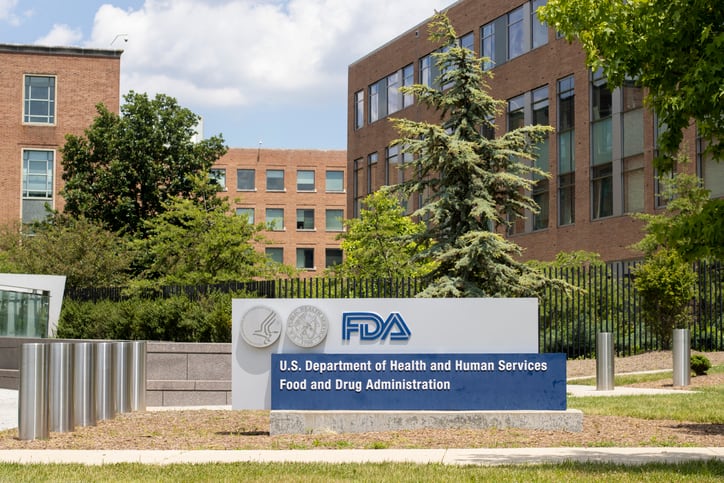
Proposed legislation would require manufacturers to notify FDA of GRAS determinations, mandate public comment periods and require routine post-market reassessment of chemicals in food and packaging

Standards of identity across dairy, fruit and vegetables and bakery are being phased out - here’s why

President Donald Trump’s administration blames California’s red tape for high egg prices and launches lawsuit

President Trump’s declaration that Coke is “just better” when made with “REAL Cane Sugar,” runs counter to HHS Secretary Robert F Kennedy Jr’s assessment that it is “poison,” but it pulls a page from RFK’s playbook to spur change without regulatory review
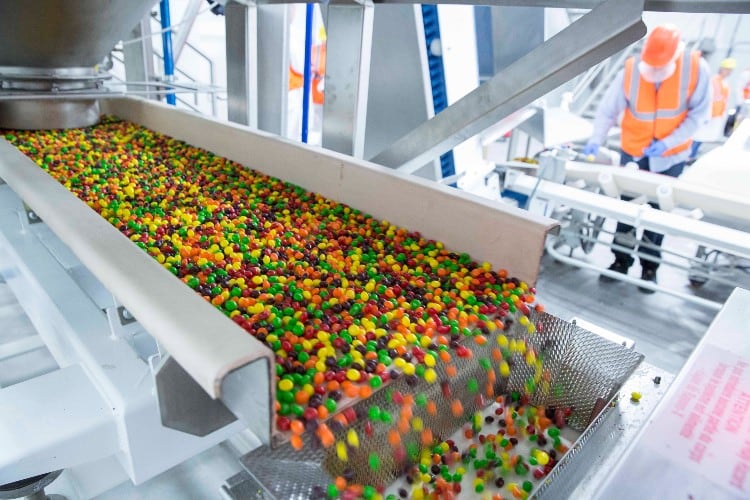
Despite making a public commitment nearly a decade ago to phase out artificial colours, the M&M’s and Skittles maker is in hot water over its continued use of synthetic dyes in the US

The agency pushes for ‘radical transparency’ after years of high-profile recalls, safety gaps and shortages

Tariffs, combined with intensifying inflation, plummeting consumer sentiment and renewed supply chain snarls wiped out gains meticulously rebuilt by Conagra Brands in the first half of the year, causing the maker of iconic brands like Pam, Reddi-wip and...

One California shopper says it’s not what’s inside a PopCorners bag that’s the problem - but what isn’t

The Consumer Brands Association warns that unless the Trump administration ‘fine-tunes’ its trade policy and if it reinstates reciprocal tariffs on July 9 it would de facto pick ‘winners and losers’ among domestic producers with packaged goods...

The FDA’s PFAS deadline has passed and US brands are now under intense scrutiny. Hershey’s two simultaneous class-action lawsuits underscore just how high the stakes have become for the industry